Select the acid with the highest (i.e., lowest .
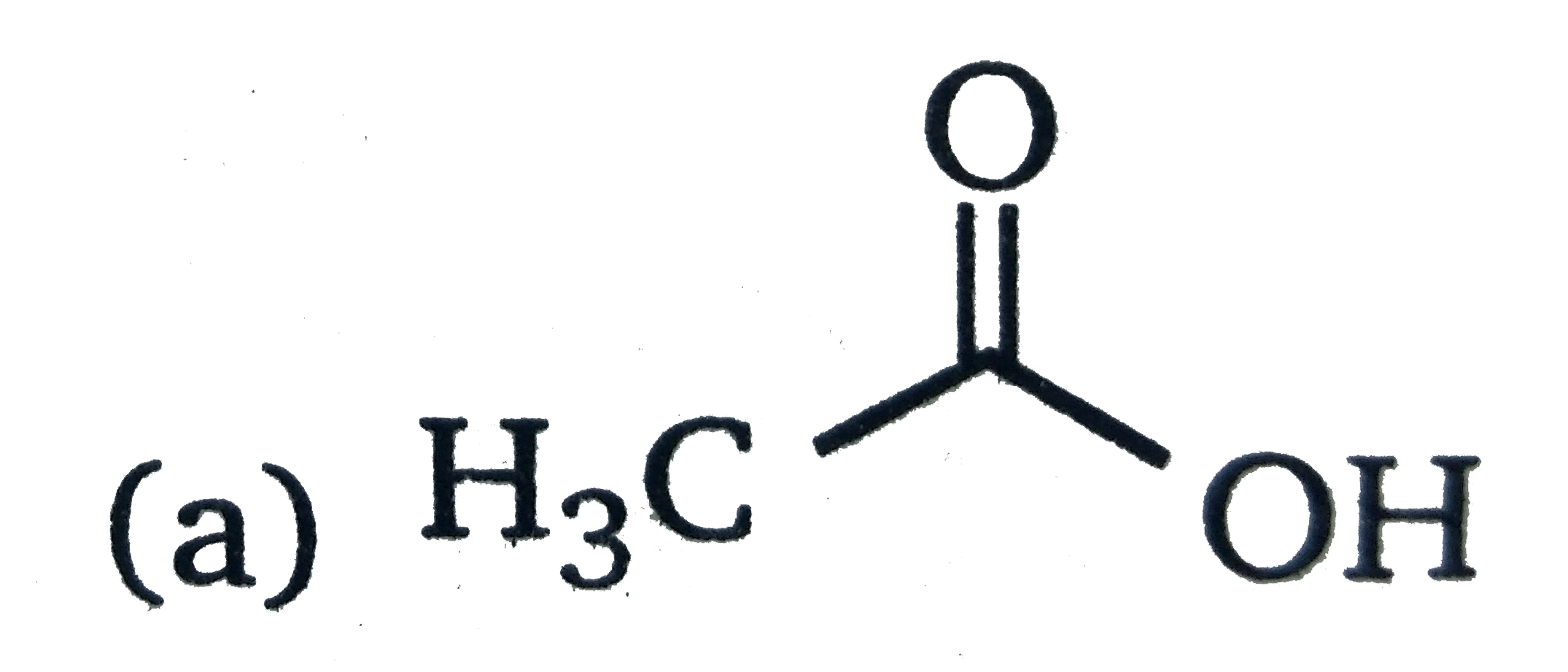
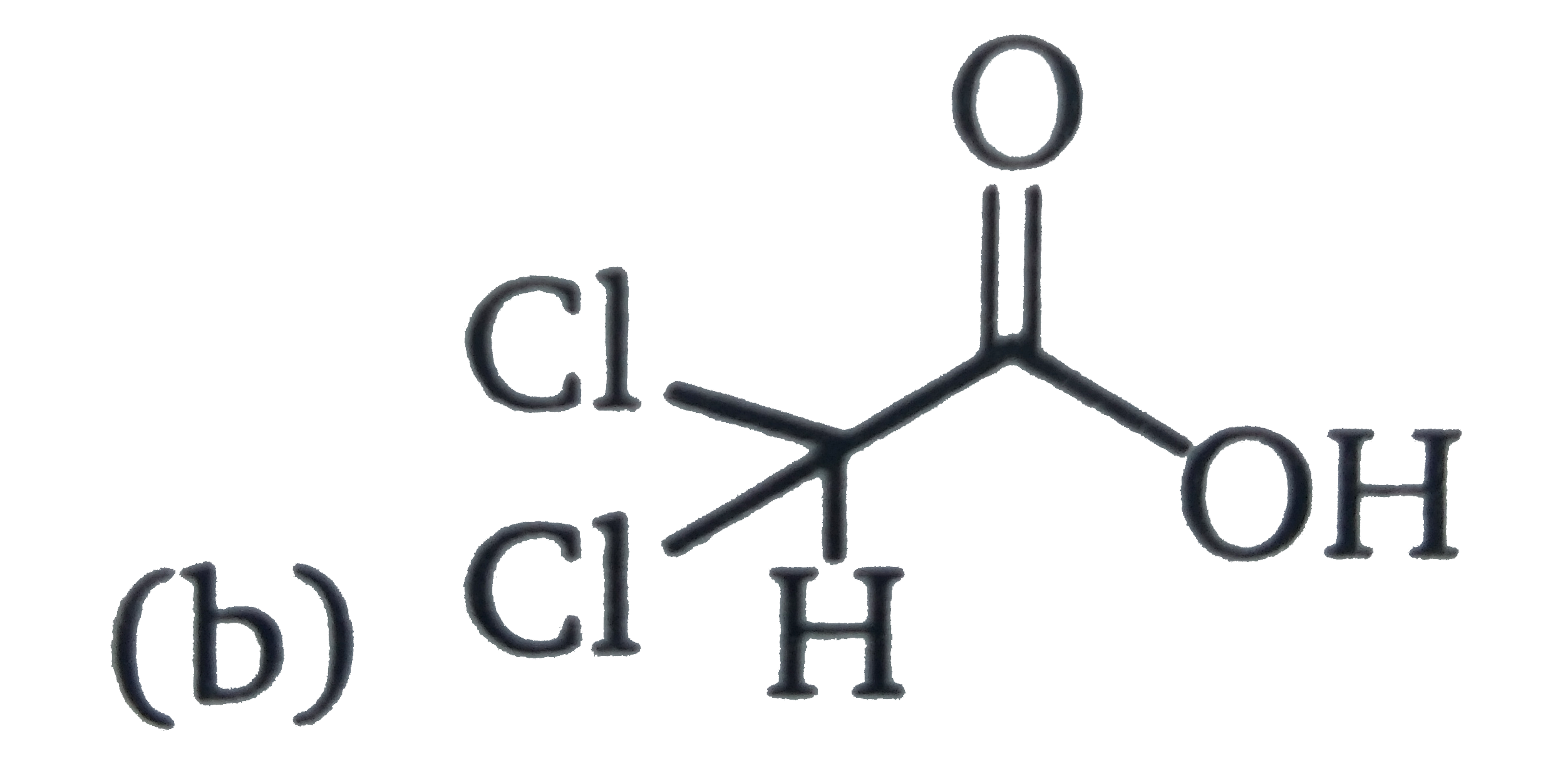
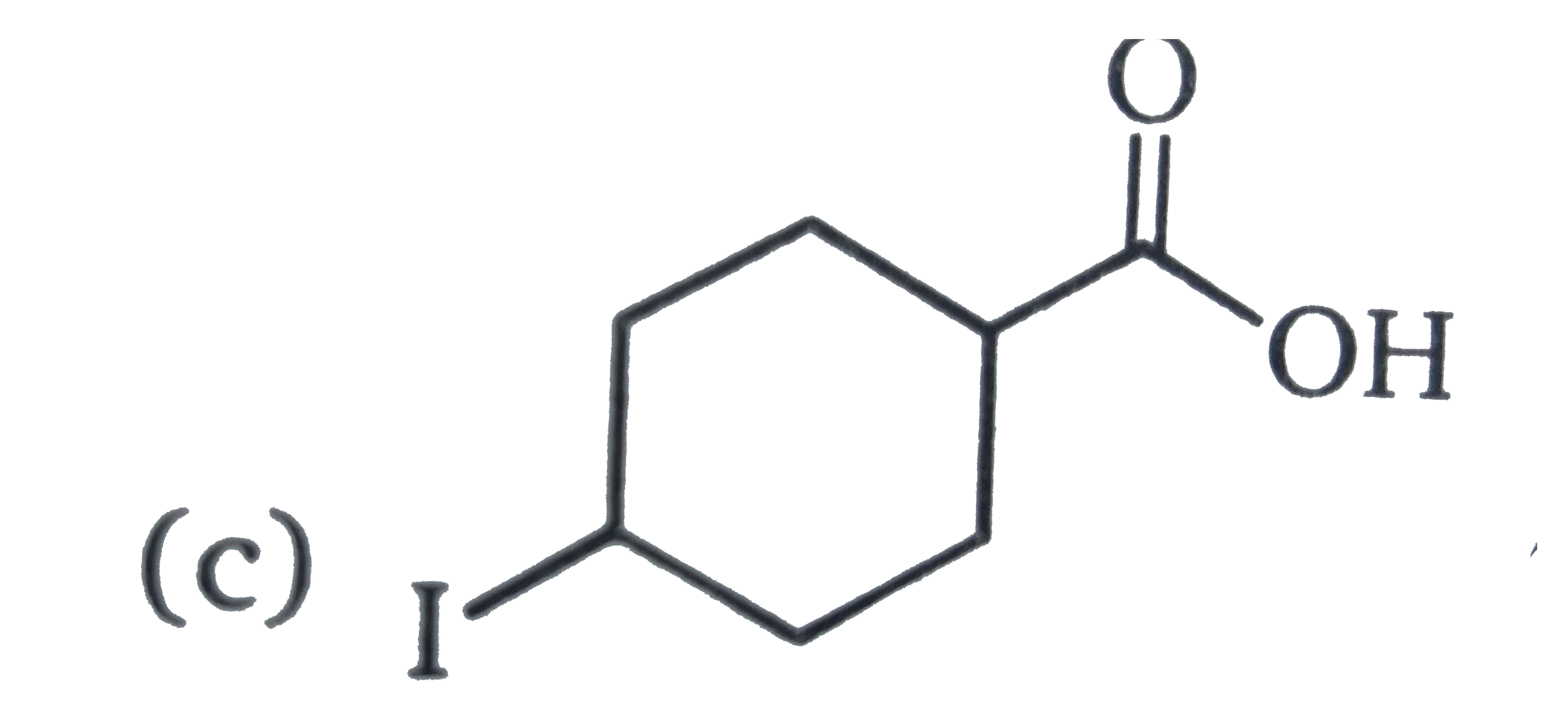
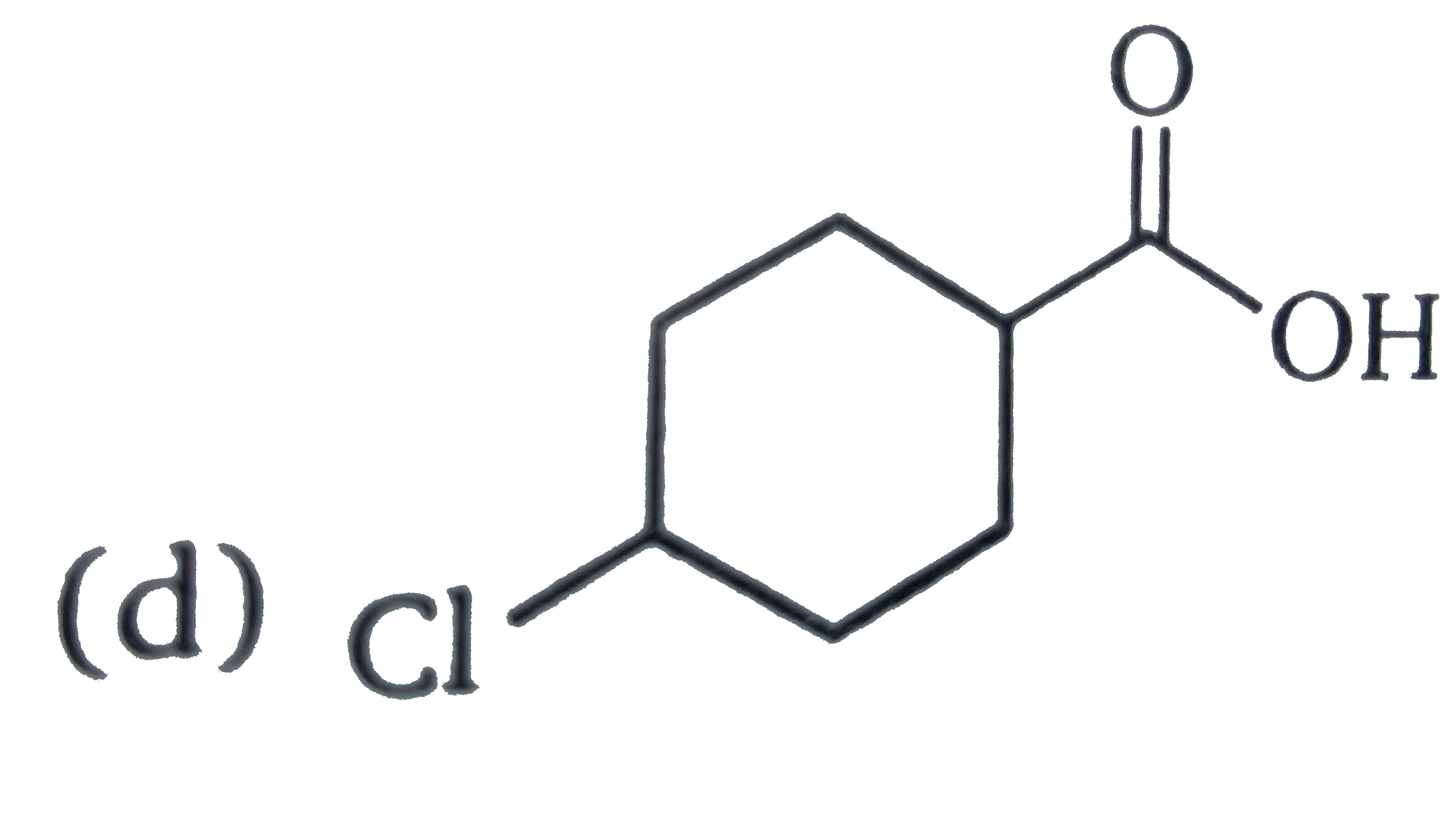
The correct Answer is:B
To determine which acid has the highest Ka (and thus the lowest pKa), we need to analyze the given acids and their conjugate bases in terms of stability. The stronger the acid, the higher the Ka value, and the lower the pKa value.
1. Identify the Acids:
We have four acids to consider:
- Option A: Acetic Acid (CH₃COOH)
- Option B: Dichloroacetic Acid (CCl₂COOH)
- Option C: Iodobenzoic Acid (C₆H₄I-COOH)
- Option D: Benzoic Acid (C₆H₅COOH)
2. Analyze the Conjugate Bases:
For each acid, we need to consider the stability of its conjugate base, as the stability of the conjugate base influences the acidity of the acid.
- Acetic Acid: The conjugate base (CH₃COO⁻) has resonance stabilization due to the carboxylate structure.
- Dichloroacetic Acid: The conjugate base (CCl₂COO⁻) benefits from resonance stabilization and the strong -I (inductive) effect of the two chlorine atoms, which withdraw electron density and stabilize the negative charge.
- Iodobenzoic Acid: The conjugate base (C₆H₄I-COO⁻) has some resonance but is less stabilized due to the -I effect of iodine being weaker than that of chlorine.
- Benzoic Acid: The conjugate base (C₆H₅COO⁻) has resonance stabilization but lacks strong electron-withdrawing groups that would enhance stability.
3. Compare the Stability of Conjugate Bases:
- The conjugate base of Dichloroacetic Acid is the most stable due to the strong -I effect from the two chlorine atoms and resonance.
- The conjugate base of Acetic Acid is next, with only resonance stabilization.
- The conjugate base of Benzoic Acid follows, as it has resonance but no strong -I effect.
- The conjugate base of Iodobenzoic Acid is the least stable due to the weaker -I effect of iodine and the presence of the benzene ring which has a +I effect.
4. Determine the Order of Acidity:
Based on the stability of the conjugate bases, we can rank the acids:
- Strongest Acid: Dichloroacetic Acid (B)
- Next: Acetic Acid (A)
- Then: Benzoic Acid (D)
- Weakest: Iodobenzoic Acid (C)
5. Conclusion:
The acid with the highest Ka (and thus the lowest pKa) is Dichloroacetic Acid (B).
Final Answer:
The acid with the highest Ka is Option B: Dichloroacetic Acid (CCl₂COOH).
We have four acids to consider:
- Option A: Acetic Acid (CH₃COOH)
- Option B: Dichloroacetic Acid (CCl₂COOH)
- Option C: Iodobenzoic Acid (C₆H₄I-COOH)
- Option D: Benzoic Acid (C₆H₅COOH)
For each acid, we need to consider the stability of its conjugate base, as the stability of the conjugate base influences the acidity of the acid.
- Acetic Acid: The conjugate base (CH₃COO⁻) has resonance stabilization due to the carboxylate structure.
- Dichloroacetic Acid: The conjugate base (CCl₂COO⁻) benefits from resonance stabilization and the strong -I (inductive) effect of the two chlorine atoms, which withdraw electron density and stabilize the negative charge.
- Iodobenzoic Acid: The conjugate base (C₆H₄I-COO⁻) has some resonance but is less stabilized due to the -I effect of iodine being weaker than that of chlorine.
- Benzoic Acid: The conjugate base (C₆H₅COO⁻) has resonance stabilization but lacks strong electron-withdrawing groups that would enhance stability.
- The conjugate base of Dichloroacetic Acid is the most stable due to the strong -I effect from the two chlorine atoms and resonance.
- The conjugate base of Acetic Acid is next, with only resonance stabilization.
- The conjugate base of Benzoic Acid follows, as it has resonance but no strong -I effect.
- The conjugate base of Iodobenzoic Acid is the least stable due to the weaker -I effect of iodine and the presence of the benzene ring which has a +I effect.
Based on the stability of the conjugate bases, we can rank the acids:
- Strongest Acid: Dichloroacetic Acid (B)
- Next: Acetic Acid (A)
- Then: Benzoic Acid (D)
- Weakest: Iodobenzoic Acid (C)
The acid with the highest Ka (and thus the lowest pKa) is Dichloroacetic Acid (B).
The acid with the highest Ka is Option B: Dichloroacetic Acid (CCl₂COOH).
Topper's Solved these Questions
- BOOK - MS CHOUHANCHAPTER - GENERAL ORGANIC CHEMISTRYEXERCISE - LEVEL- 11videos
GENERAL ORGANIC CHEMISTRY
- BOOK - MS CHOUHANCHAPTER - FAMILIES OF CARBON COMPOUNDS: FUNCTIONAL GROUPS AND INTERMOLECULAR FORCES EXERCISE - ADDITIONAL OBJECTIVE QUESTIONS ( Matrix Match Type )4videos
FAMILIES OF CARBON COMPOUNDS: FUNCTIONAL GROUPS AND INTERMOLECULAR FORCES
- BOOK - MS CHOUHANCHAPTER - GRIGNARD REAGENTSEXERCISE - Level 1 (Q.61 To Q.66)1videos
GRIGNARD REAGENTS
Similar Questions
Knowledge Check
- Question 1 - Select One
which has the highest pKa value ?
A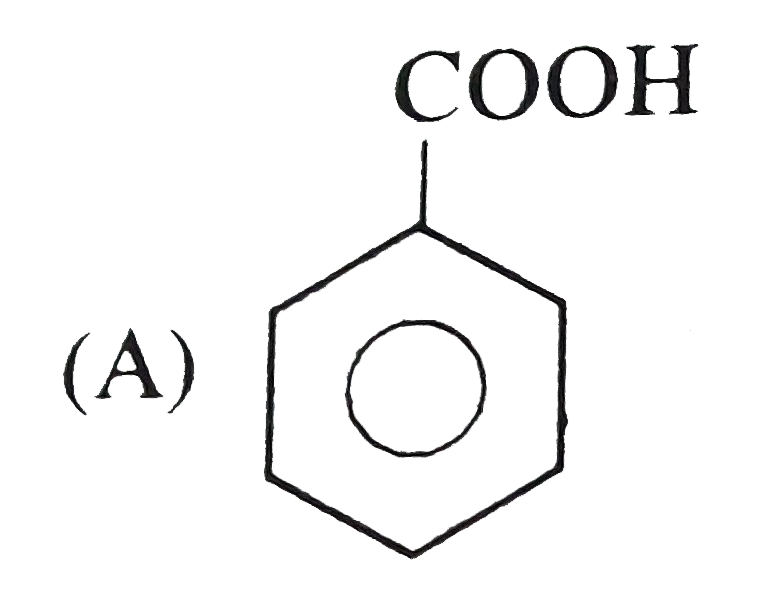 B
B C
C D
D
- Question 2 - Select One
Which has highest pka value
AR3C−NH2BR2NHCR−NH2DNH3. - Question 3 - Select One
Which has the highest pKb value?
AR3C−NH2BR2NHCRNH2DNH3

